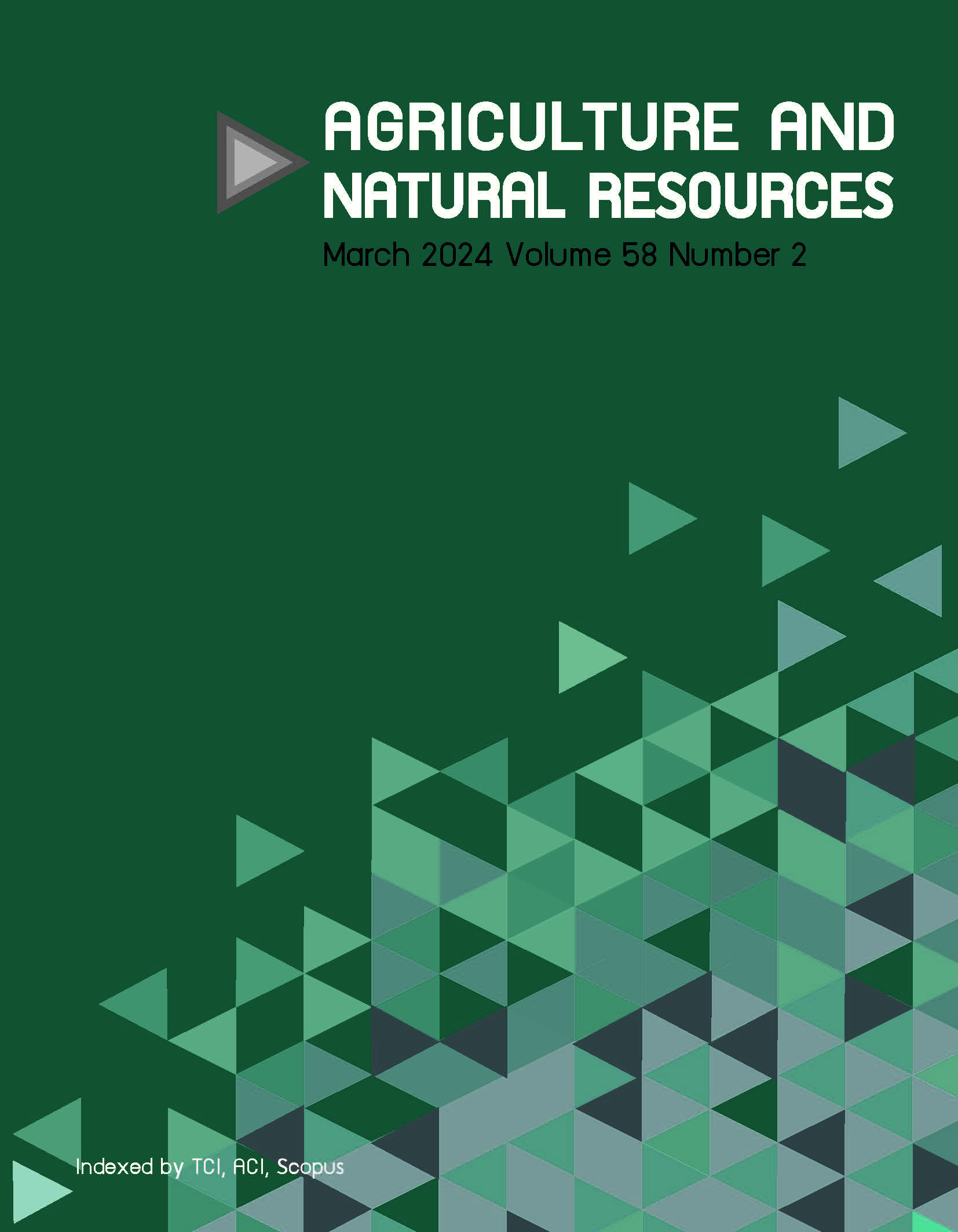Comparative proximate composition and bioactive compounds in flesh and rind of mini watermelon
Keywords:
Flesh and rind, Mini watermelon, Total flavonoid content, Total phenolic content, Total soluble solids (TSS)Abstract
Importance of the work: In accordance with the changing lifestyle and consumption patterns, watermelon production has shifted from large-sized to small-sized fruits having desirable quality attributes. Hence, analyses of fruit quality traits are crucial to develop improved mini watermelon cultivars.
Objectives: To appraise promising mini watermelon genotypes with enhanced nutritional compositions and bioactive compounds.
Materials & Methods: Fruit physical attributes, proximate compositions and bioactive compounds were evaluated of the flesh and rind of five mini watermelon genotypes: BARI watermelon-1 (W1), BARI watermelon-2 (W2), L-32468 (W3), L-32236 (W4) and L-32394 (W5).
Results: There was wide genotypic diversity for fruit morphological aspects and significant variability regarding nutritional attributes and bioactive compounds. Among the studied genotypes, W1 stood out with the highest total soluble solids (10.79°Brix), rind vitamin C (29.70 mg/100 g) and total phenolic content (89.74 mg gallic acid equivalent (GAE)/100 g) accompanied by higher fruit weight (3.19 kg). In addition, the flesh of the W3 genotype had the highest β carotene (0.17 mg/100 g), total phenolic content (107.08 mg GAE/100 g) and total flavonoid content (18.37 mg quercetin equivalent (QE)/100 g). However, the rind of the W5 genotype had the maximum sugar and total flavonoid contents (17.17 mg QE/100 g).
Main findings: BARI watermelon-1 and L-32468 could be exploited for table purposes and used in a breeding program to develop mini watermelon cultivars with more attractive fruit in terms of quality acceptance and nutritional value. Furthermore, the rind of BARI watermelon-1 and L-32394 enriched with bioactive compounds could be utilized as dietary supplements in relevant food industries to develop functional food products which would decrease the solid waste in the environment.
Downloads
Published
How to Cite
Issue
Section
License
Copyright (c) 2024 Agriculture and Natural Resources

This work is licensed under a Creative Commons Attribution-NonCommercial-NoDerivatives 4.0 International License.
online 2452-316X print 2468-1458/Copyright © 2022. This is an open access article under the CC BY-NC-ND license (http://creativecommons.org/licenses/by-nc-nd/4.0/),
production and hosting by Kasetsart University of Research and Development Institute on behalf of Kasetsart University.







